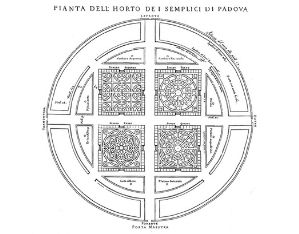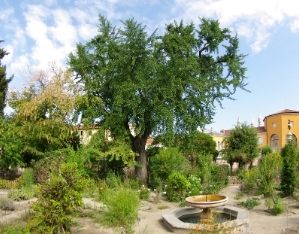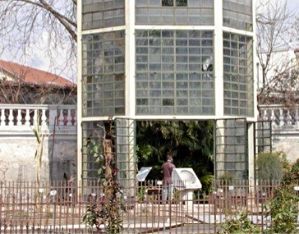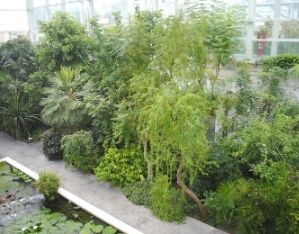This UNESCO World Heritage Site is the oldest botanical garden in the western world, with a perfect roundel that, among others, is home to the famous “Goethe Palm”. Next door, futuristic new greenhouses offer an unexpected and engaging experience.
At the behest of Francesco Bonafede, Professor of “Materia Medica” at the University of Padua, the Senate of the Republic of Venice founded the University of Padua Botanical Garden by decree on 29 June 1545 to facilitate students’ recognition of medicinal plants. The chosen site had previously belonged to the Benedictine Order, where monks most likely cultivated medicinal plants. Work began immediately: according to chronicles, architect Andrea Moroni was involved in their execution. The structure we see today is essentially the original design: a square of over 40 metres on each side, set within a circular wall 86 metres in diameter, divided up by two orthogonal avenues into four smaller squares, which in turn are split into “areoles” arranged to form elegant geometric designs, dedicated to the cultivation of semplici, medicinal plants for therapeutic or study purposes. A number of modifications were made over the following centuries. Four monumental entrances surmounted by acroteria, stone vases with rare plants in wrought iron, were added in 1704. At the turn of the 19th century, new masonry greenhouses were installed with cast iron columns and modern heating systems. Various fountains and sculptures, an arboretum, a grove of exotic trees and conifers along winding paths (the popular landscaping taste of the day) and a small hillock-belvedere were all added in the 17th and 18th centuries. In addition to its living collections, a precious herbarium was created in the Garden in 1835. Subsequently converted into a museum, it today conserves some 500,000 samples from all over the world collected since the late 18th century. After the acquisition of an adjacent site, extension works began in May 2002 to protect the historical gardens from external environmental threats. The “Biodiversity Garden” was inaugurated in 2015, our era’s contribution to a site with almost five hundred years of heritage.





